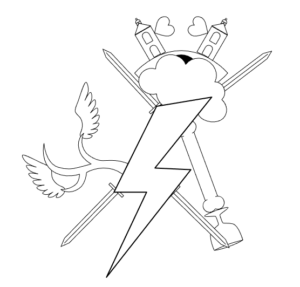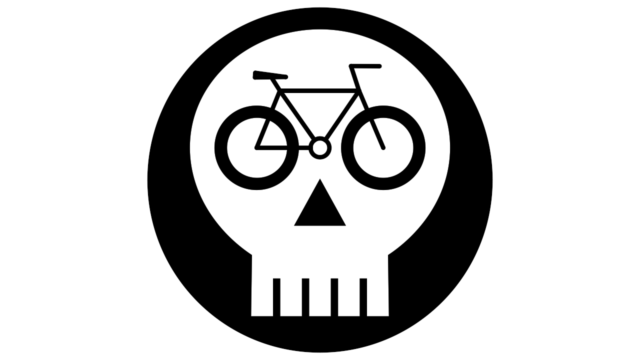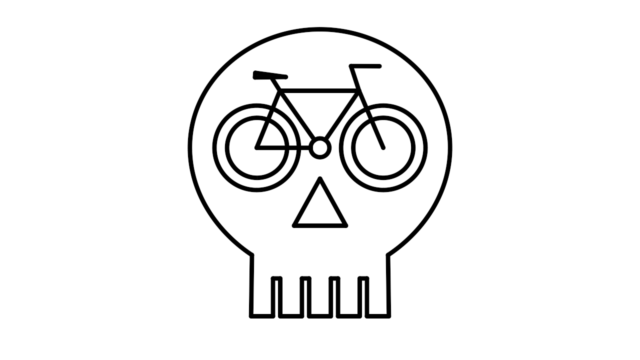Mystic Symbolic: the developening
On January 27 I awoke with an idea for a mystic symbolic art generator. I immediately sketched copious notes and put out word I was looking for a coder to collaborate with. By some miracle, Atul Varma responded within an hour, which makes me believe this project really wants to exist.
My plans are vast and sprawling, so we’re starting simple. And by simple we mean bonkers:


 Atul and I are on the same page regarding Free Software and Free Culture, so we’re both happy to share as we go along. You can generate your own strange images like the ones above by clicking the “randomize” button here:
Atul and I are on the same page regarding Free Software and Free Culture, so we’re both happy to share as we go along. You can generate your own strange images like the ones above by clicking the “randomize” button here:
https://toolness.github.io/mystic-symbolic/?p=creature
Here is the main Mystic Symbolic work-in-progress page:
https://toolness.github.io/mystic-symbolic/
And if you’re on guthub, which I am not yet but will be soon, there is this:
https://github.com/toolness/mystic-symbolic
This is a mere taste of things to come.
Parallel Lines
Finally I can share this animated video I made back in October, in collaboration with Italian pop goddess Gala. I of course wanted to release it the minute it was finished, but the music biz doesn’t work that way, and I had to wait. The song is © Gala, but the art is Free Culture, baby!
Bike Skull
Winter WonderWalk
Heterodorx
Hey TERFs and Trannies! That’s my signature greeting on Heterodorx, the new podcast I’m doing with Corinna Cohn. Our first episode was recorded Friday evening, after I’d biked 30 miles and hiked two, so I wasn’t at my most articulate. We had some technical issues, including my cat, Lola, rubbing her head against my mic, causing loud horrible noises we couldn’t remove due to recording everything on a single track. Our next episode should be better. Still, I like this first foray, and hope you listen.
Heterodorx podcast
Heterodorx web site













